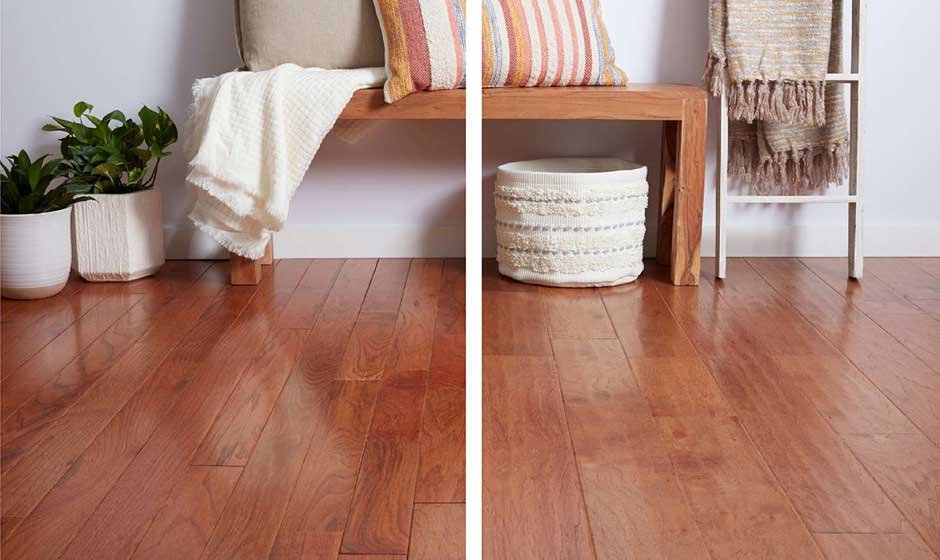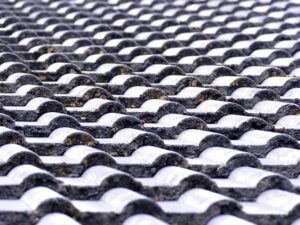Understanding the Core Differences
Before committing to a new floor, it’s important to grasp what separates solid from engineered wood. Though both originate from genuine timber, their composition sets them apart in function, lifespan, and suitability for different spaces. Knowing how each type performs under pressure — literally and figuratively — can influence the longevity and appeal of your renovation.
Construction Methods and Materials
Solid wood flooring is crafted from a single plank of hardwood, such as oak or maple. This makes it inherently robust and capable of being sanded multiple times. Engineered wood, on the other hand, combines a real wood veneer with several layers of plywood or high-density fiberboard underneath. This cross-layering technique provides enhanced stability in changing climates and environments.
In areas where temperature and humidity fluctuate, engineered options hold their shape better. Solid boards, though durable, tend to expand and contract with shifts in indoor conditions, making them more prone to warping if not properly acclimated.
Moisture Resistance and Suitability
A major distinction lies in how well each material copes with moisture. Solid wood is particularly sensitive to dampness. Bathrooms, basements, or kitchens pose risks due to the likelihood of spills and condensation.
By contrast, engineered varieties show superior resistance to water-related distortion. Their layered build acts as a buffer against absorption, making them a wiser choice for lower-level rooms or installations over concrete subfloors. For anyone planning to install wood flooring throughout the home — including below ground — engineered may offer fewer complications.
Longevity and Durability
When it comes to endurance, both styles can last decades if properly maintained. However, refinishing potential plays a pivotal role. Solid wood can usually be sanded down and re-coated many times, rejuvenating its appearance. Engineered flooring, due to the thinner surface layer, has more limited refinishing opportunities — often one to three times depending on the top layer’s thickness.
Still, everyday resilience shouldn’t be underestimated. Many engineered products are treated with tough finishes that guard against scratches and scuffs just as effectively as traditional hardwood.
Installation Considerations
Putting the flooring in place involves different techniques. Solid boards are usually nailed or stapled to a wooden subfloor, which demands a bit more effort and expertise. Engineered alternatives come with versatile fitting options — including floating, glue-down, and click-lock systems. That ease can cut down on labour costs and installation time, particularly in DIY scenarios.
Comparing Costs
Budget plays a big part in any design decision. Solid wood often comes at a premium, reflecting the value of the full hardwood composition. Engineered options typically cost less upfront and can lead to further savings on installation and subfloor preparation.
However, the price should be weighed against intended usage. In high-traffic commercial areas or legacy homes, investing in solid wood may provide lasting value. For modern apartments or time-sensitive builds, engineered wood may balance both aesthetics and practicality.
Which One Is Right for You?
Your choice ultimately depends on lifestyle, location, and personal priorities. For those seeking tradition, warmth, and the opportunity to refresh the surface over the years, solid hardwood holds timeless appeal. If your focus leans toward adaptability, faster fitting, and reliable performance in diverse environments, engineered wood flooring makes a compelling case.
Deciding between solid and engineered flooring isn’t just about appearances — it’s a strategic choice grounded in practicality. Both offer the richness and beauty of wood, but their internal differences reveal strengths suited to distinct scenarios. By understanding these nuances, you’ll be better equipped to choose a surface that not only looks great but also stands the test of time.










